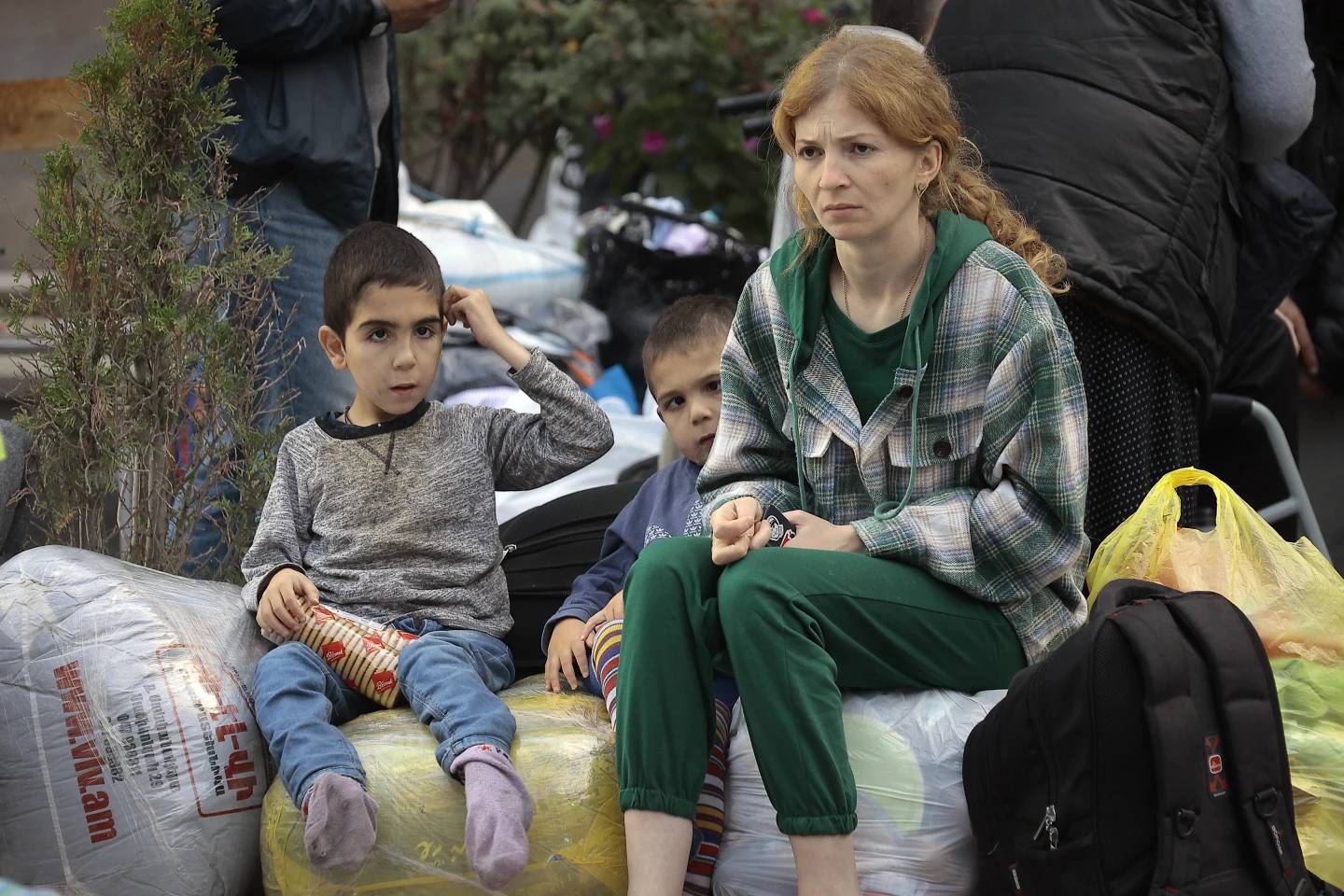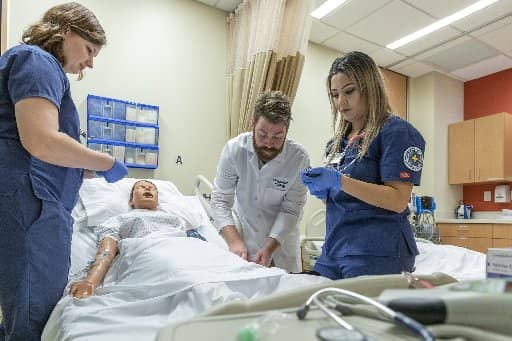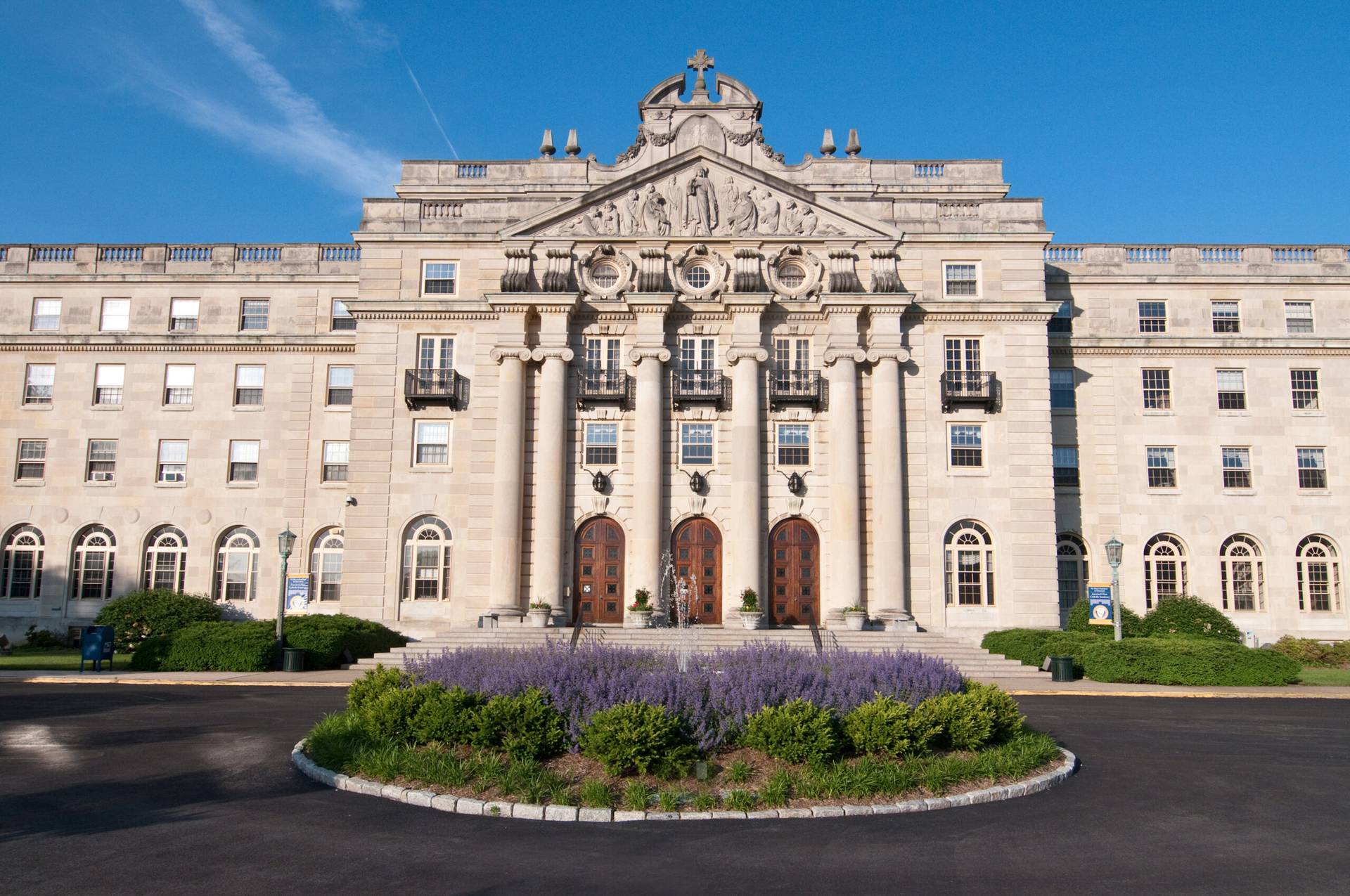The priest shortage is an evergreen topic that invariably comes up when speaking of local church problems that need to be addressed. It used to be that the U.S. and Europe would send priests abroad to evangelize and teach other nations, but for some time now that situation has been reversed.
Most American Catholics have probably experienced an African or Asian priest at least for a time in their parish.
Less discussed is that the shortage isn’t just priests. Religious sisters are also experiencing the reverse missionary scenario described above, with a burgeoning influx of more than 4,000 foreign-born nuns currently studying or serving in the U.S.
Ahead of the National Catholic Sisters Week to be celebrated March 8-14, a new study has been released on the subject and is providing interesting insights into the internationalization of women religious.
“The U.S. has traditionally been known for sending Catholic sisters to other countries for mission and ministry work, but today, more and more international sisters are coming to the U.S. for ministry, formation and studies,” said Kathleen Mahoney, senior program officer for GHR Foundation.
Trinity Washington University released its Center for Applied Research in the Apostolate (CARA) International Sisters Study on Friday, which offers an extensive profile of the presence and influence which foreign-born religious sisters have in the U.S.
Sociologist Sister Mary Johnson, one of the authors of the study, has been studying and writing about this topic for some time. She believes that, “The possibilities for the building of a global sisterhood are emerging as some of the most exciting calls of our day.”
The study found that today the continent sending the most religious women abroad is Asia, and that on average international sisters are 58 years old compared to U.S. born sisters who are in their late 70s.
Other findings include that 62 percent of foreign-born religious women became a sister in their current congregation outside the U.S., and were sent to the U.S. for ministry, education or formation; 28 percent were born elsewhere, came to the U.S., and then entered the sisterhood; and 8 percent transferred to a U.S. congregation.
It also seems encouraging to note that the majority of the responding international sisters are highly educated, with 53 percent holding a graduate or professional degree and 73 percent with at least a bachelor’s degree.
The majority of the responding congregations say they offer hospitality to an international sister in the U.S. However, it is still a challenge for many of the women who are away from their home communities for lengthy amounts of time.
Mahoney was clear about the advantages to the U.S. Church in having international sisters play a role here.
“They greatly enrich the Church, society and women’s religious life here in the United States as they engage with people from their own ethnic groups as well as crossing social and cultural boundaries to engage with others in mutually beneficial ways,” she said.
“Their significant presence and contributions to our society challenge the decades-old narrative of decline and diminishment of women’s religious life in the U.S.”
The study was funded by the GHR foundation, whose stated focus is on forming partnerships in the areas of global development, education and health.
















